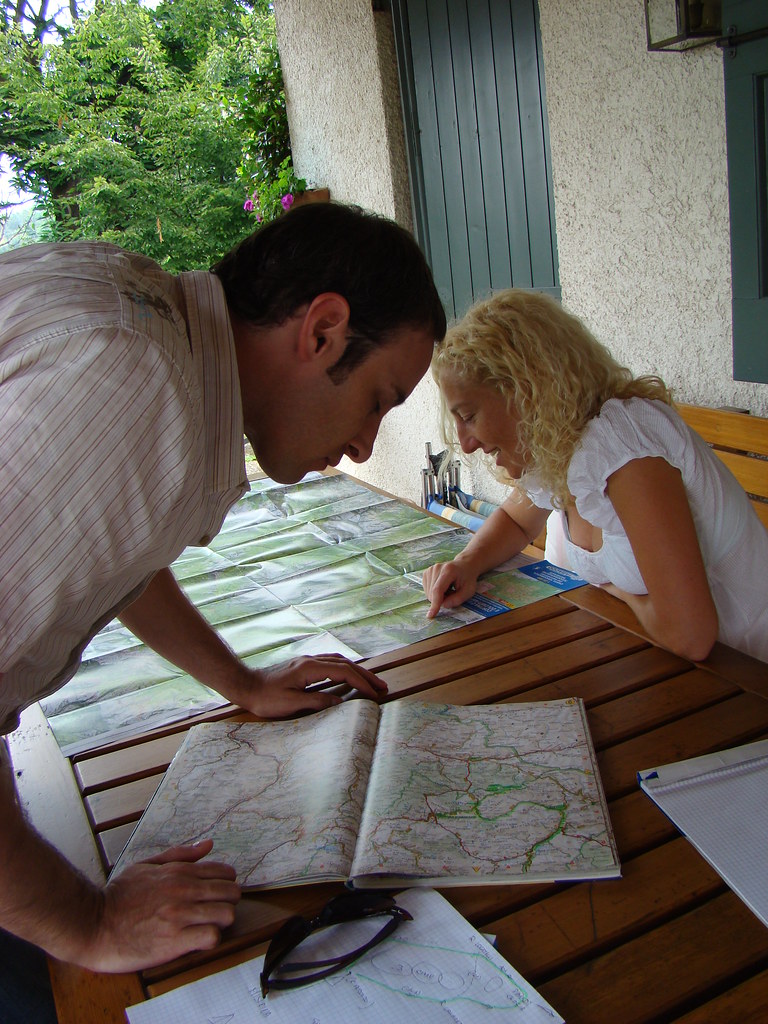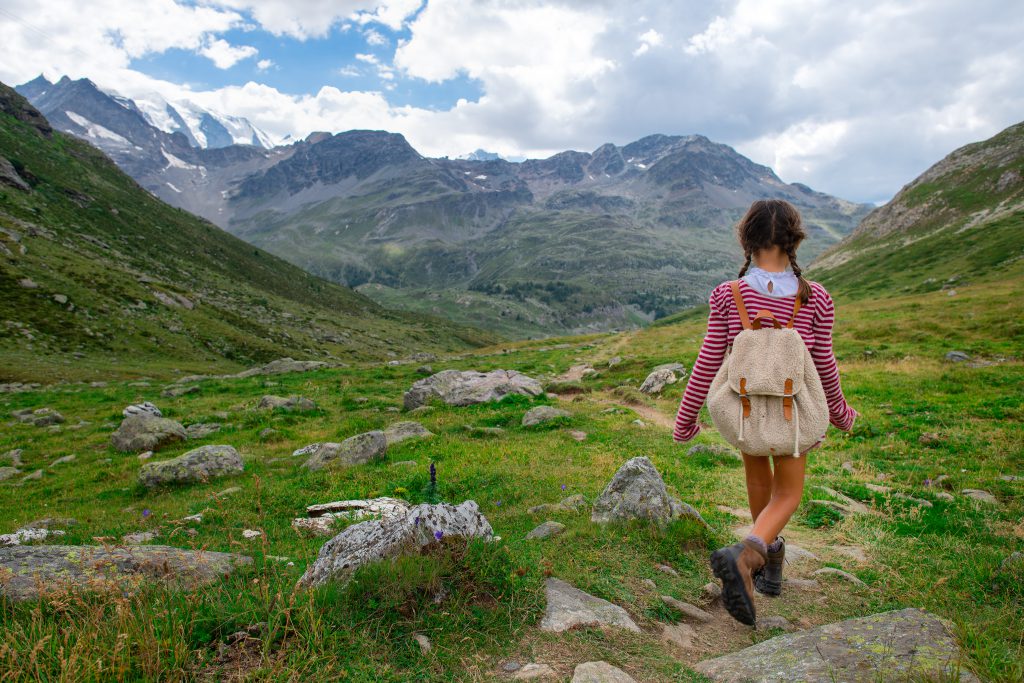How would you take care of yourself if you were stranded in the wilderness? Have you ever wondered? For the next two weeks, we’ll talk about wilderness survival. Nate starts at the beginning: with preparation.
The best way to stay alive in a survival situation is to never get into one! Survival situations usually happen when something goes wrong. They could be from a mistake that you’ve made, or due to nature’s unpredictable…nature.
Today we’ll focus on being prepared for the worst, just in case something does go wrong. If you’re properly prepared, a situation that may otherwise be life-or-death could have a very simple solution.
Planning Ahead

You’ll save yourself quite a bit of trouble by planning ahead whenever you head out into the wilderness. Even if it’s just a quick hike somewhere that you know really well, make sure you have everything you need to be safe. Some ideas of what to think about:
- Always tell someone where you’re going and when you expect to be back.
- Bring enough food and water for how long you’ll be gone.
- Check the weather. What do you need to stay dry, warm enough, or cold enough?
- What route are you hiking? What might you encounter while you are out?
These questions can start you thinking. But every person and situation is different. What dangers or help exist where you are hiking? What are some of your needs? Can you think of any questions we should add? Share your ideas here:
The 10 Essentials

Do you know exactly what you would take with you if you were going on a hike today? Maybe just a water bottle and a jacket, or a giant backpack full of all of the latest camping gear?
I challenge you to pick out “10 essentials ” today, the 10 things that would be most helpful to you in a wilderness emergency. What do you think you really need? Can you fit all 10 essentials into a backpack? Can you carry that backpack comfortably?
Share your lists with us in this form. Or, go to the comments to share a picture of you with your 10 essentials ready to go!
Once you’ve come up with YOUR 10 essentials, check out this list here to see if you agree with some professionals in the field.
The Rule of 3

Perhaps you’re lost and it’s getting dark…what should you do first? Do you look for food or water, build a fire, or find shelter?
The rule of 3 is a guideline to help decide what to do first.
You can survive (approximately):
- 3 minutes without air
- 3 hours without shelter (in unsafe conditions like extreme cold or heat)
- 3 days without water
- 3 weeks without food
First priority is your brain. Your brain is your most important survival tool. If you panic, stop thinking, or get very discouraged, fancy skills or tools won’t help you. Take care of your brain by taking deep breaths, calming down, and resting when you need to.
After you’ve taken care of your brain, then it’s time to think about shelter, water, and food. That order is important!
Does this rule affect your 10 essentials at all? What did you change, if anything, on your list?
Explore More Survival Skills
Later this week, the Young Naturalists Club will be uploading more videos and blog posts to help you build survival skills. But, if you want to get a head start or need some inspiration for your 10 essentials, check out a few of these videos on youtube!
Summary
- Plan ahead before adventuring in nature. What do you need to think about where you live?
- Make a list of 10 essential items that you think could help you the most in a survival situation.
- Remember the rule of threes. Does it change your plan?
- Research other survival skills that interest you–tell us if you want to learn more about something in particular!
Share your ideas in the forms or in the comments below! We’ll share the ideas that come in later in the week.